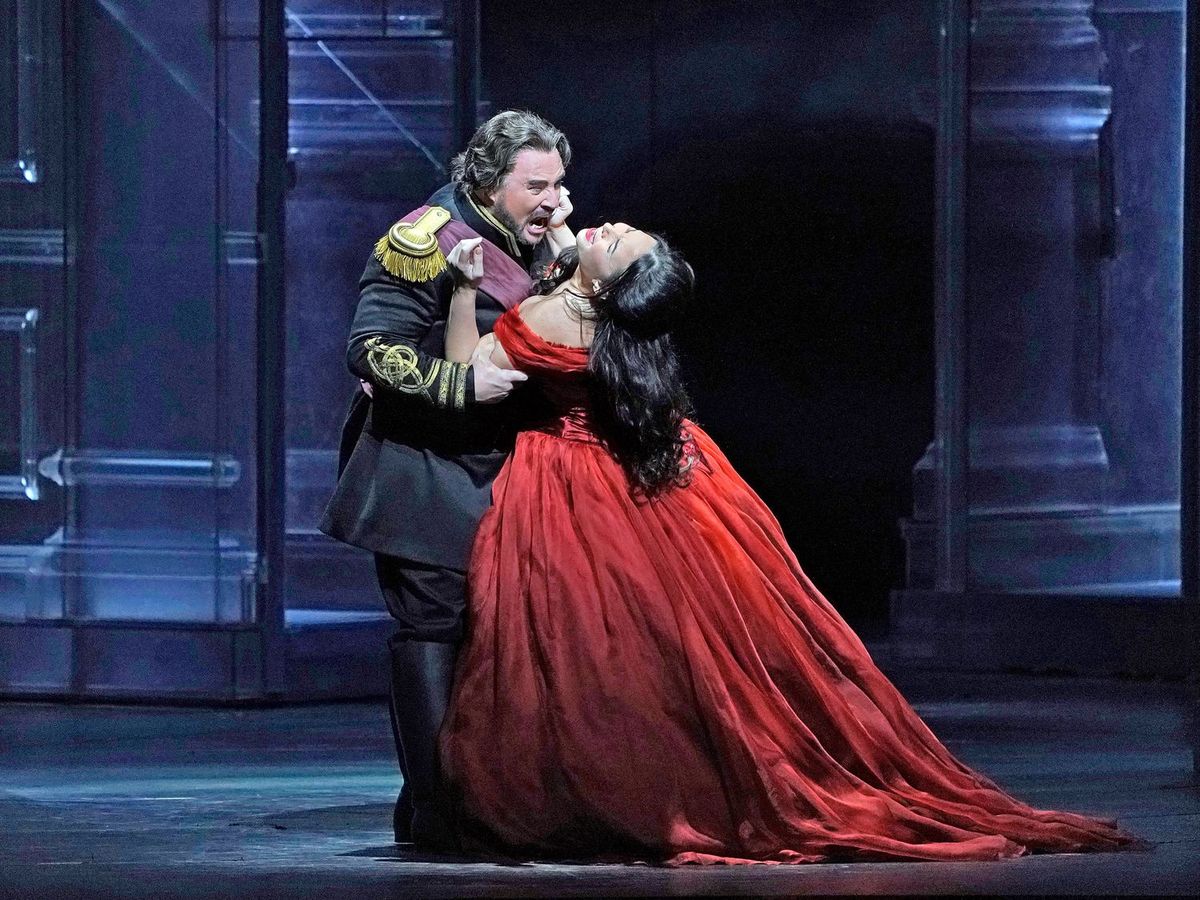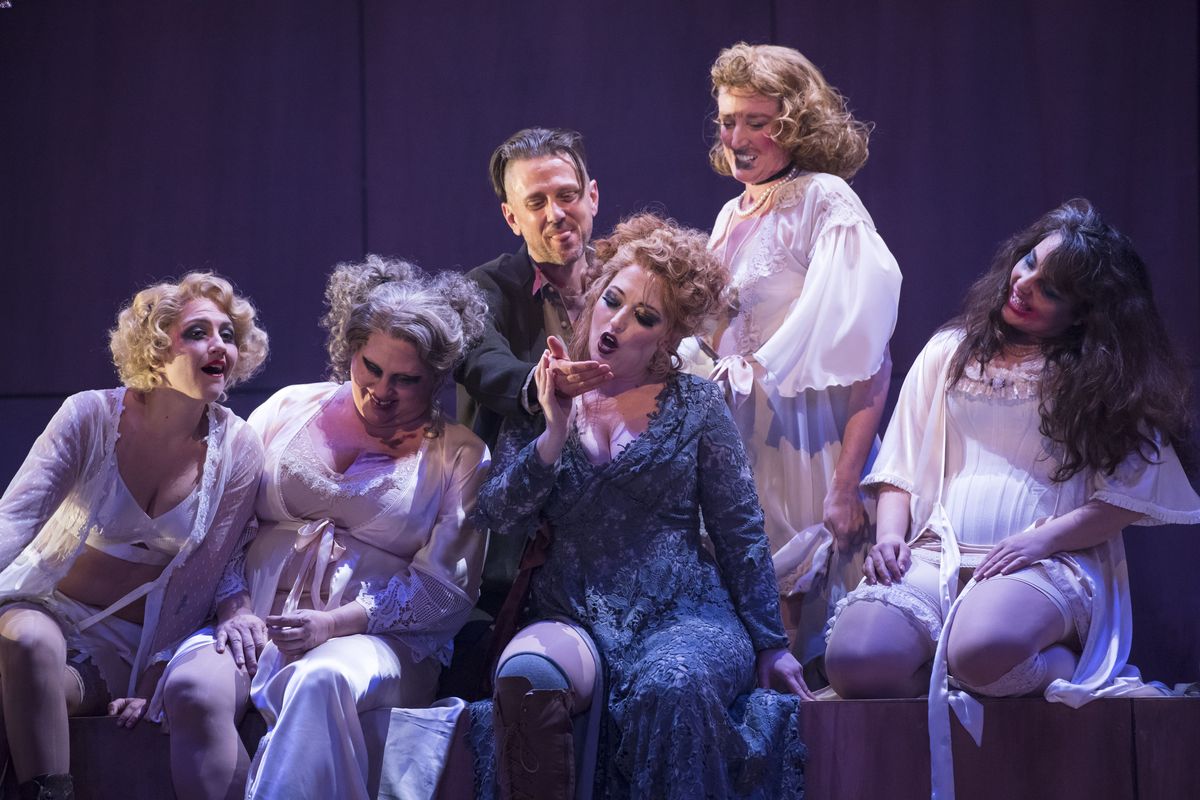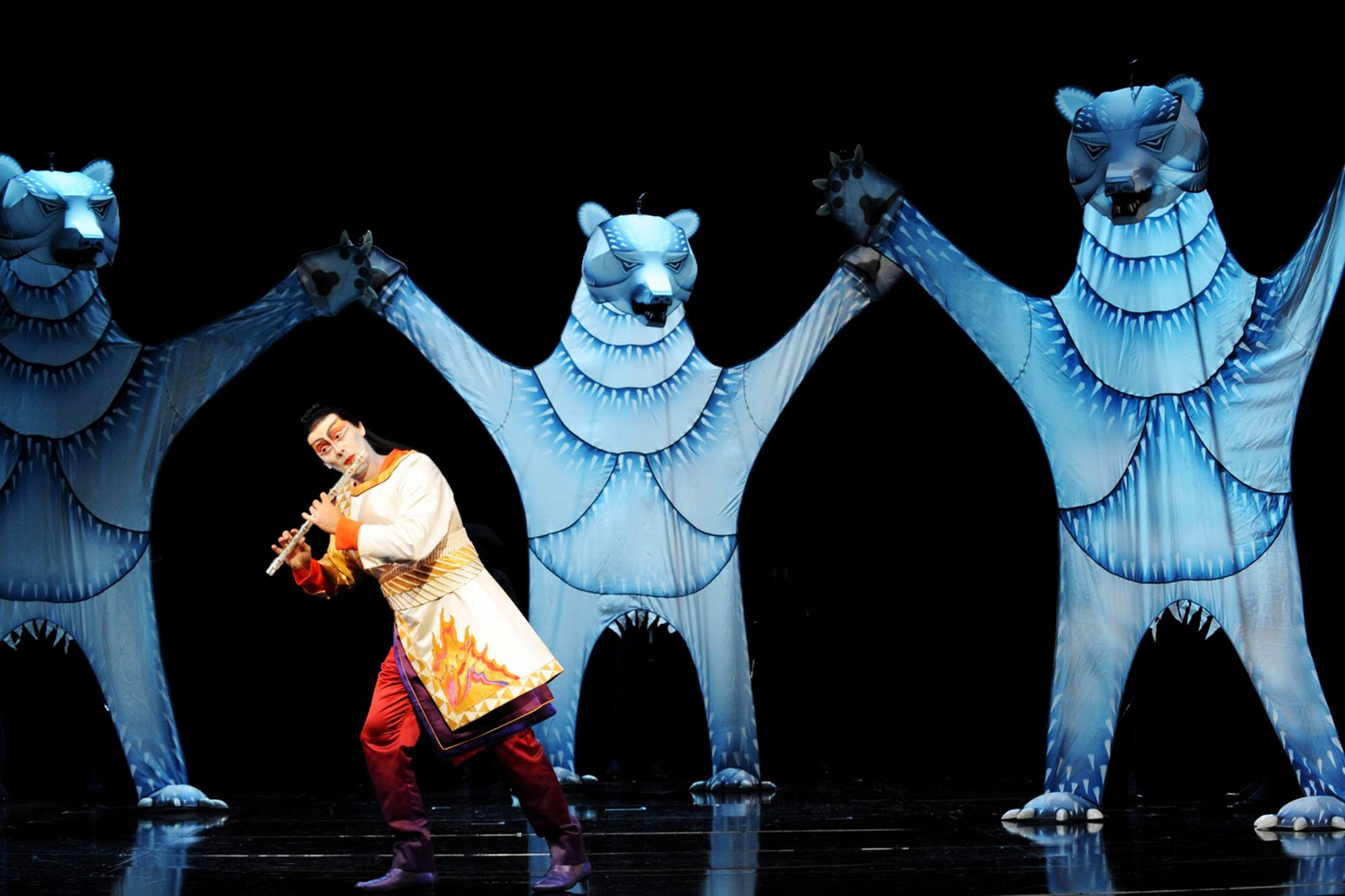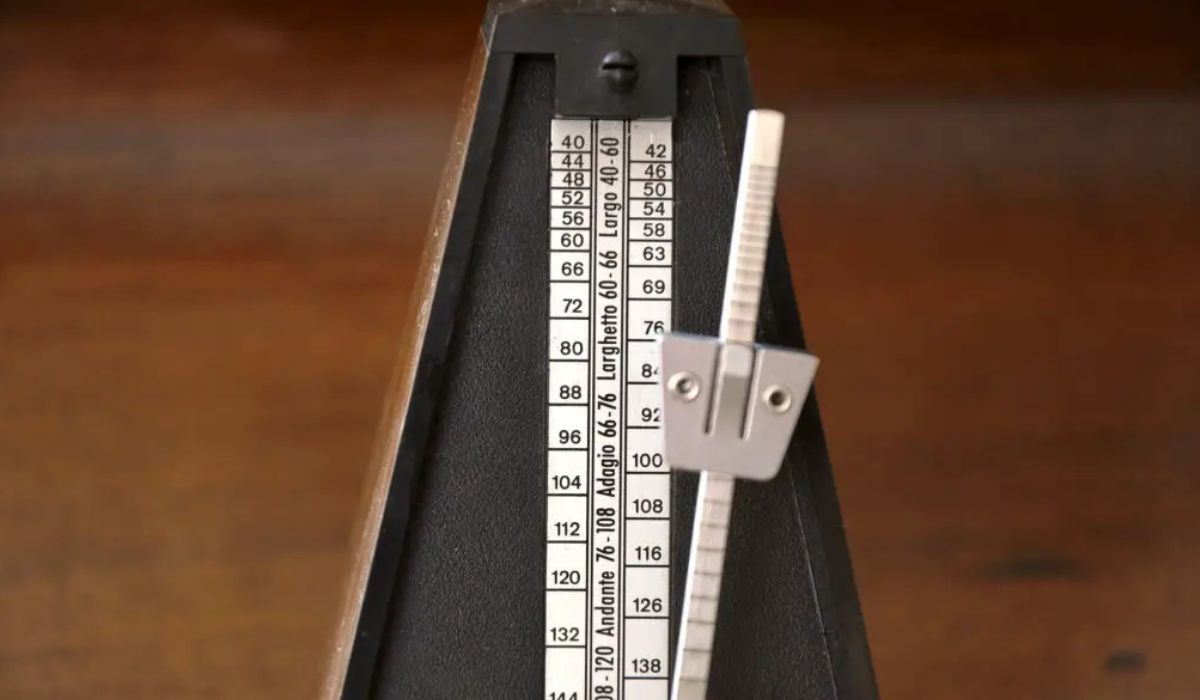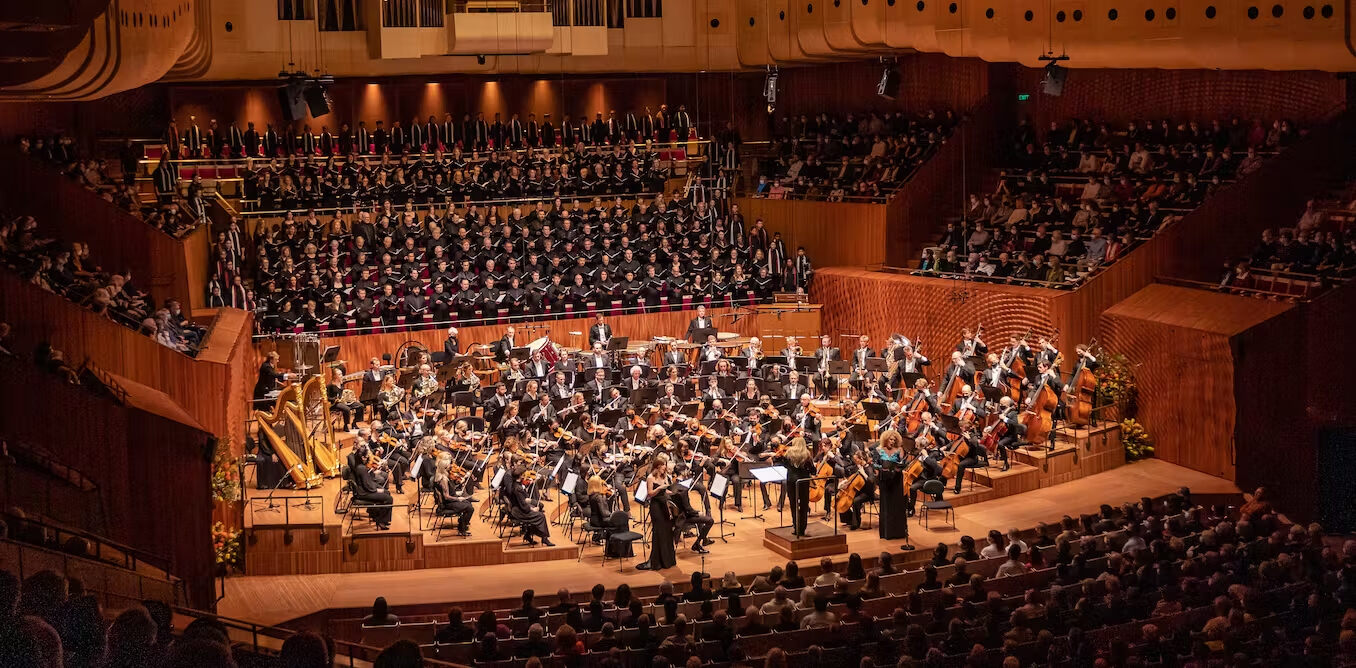Home>Events & Info>Opera>How Long Is The Opera Rigoletto
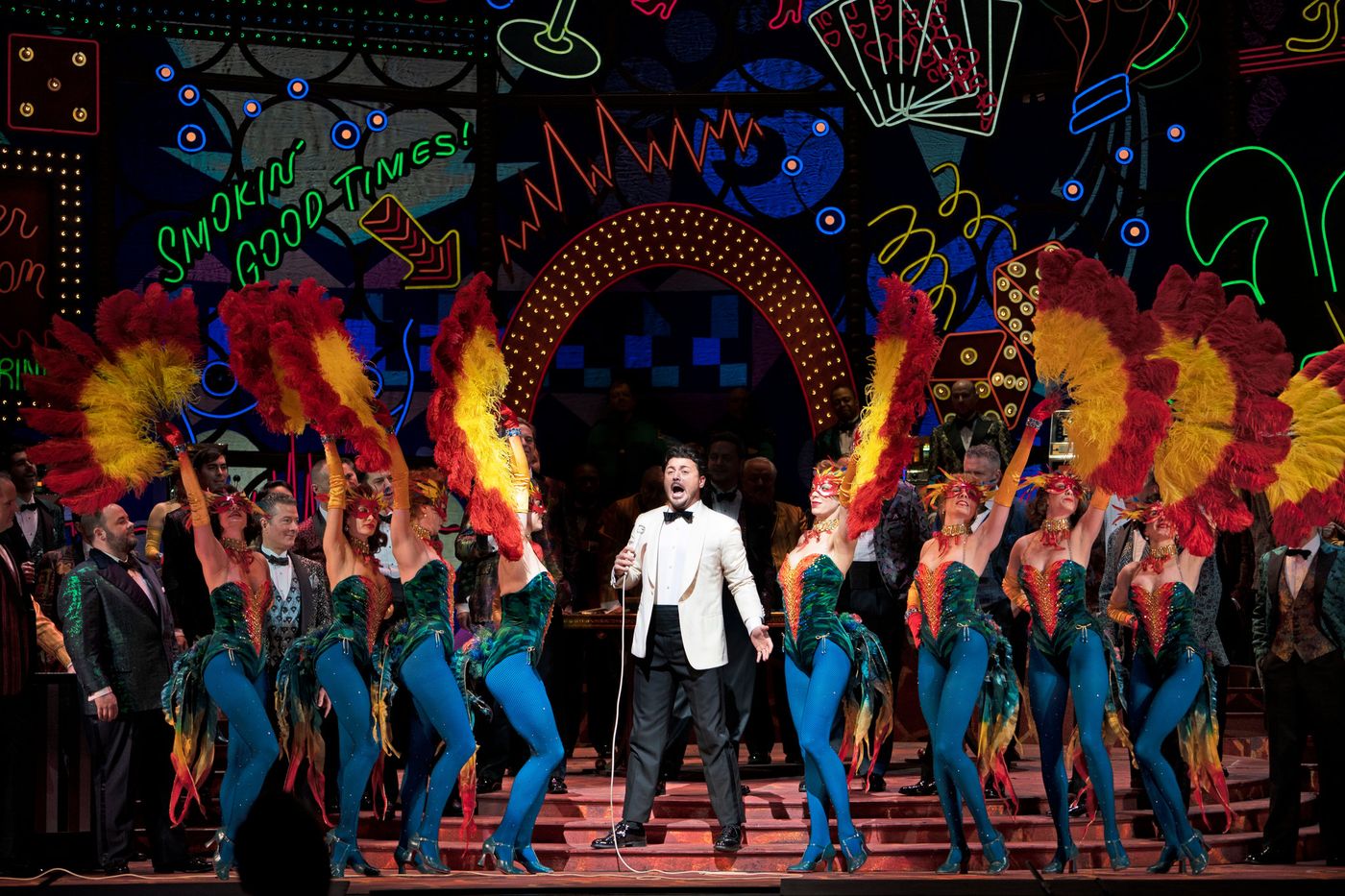

Opera
How Long Is The Opera Rigoletto
Modified: January 22, 2024
Discover the duration of the renowned opera Rigoletto. From the captivating storyline to the breathtaking music, experience the magic of this timeless opera.
(Many of the links in this article redirect to a specific reviewed product. Your purchase of these products through affiliate links helps to generate commission for AudioLover.com, at no extra cost. Learn more)
Table of Contents
Introduction
In the world of opera, Rigoletto holds a special place as one of the most beloved and enduring works. Composed by Giuseppe Verdi, this tragic masterpiece has captivated audiences with its emotional depth and unforgettable music for centuries.
Rigoletto premiered in 1851 and is based on a play by Victor Hugo called “Le roi s’amuse” (The King Amuses Himself). The opera tells the story of Rigoletto, a hunchbacked court jester in the service of the Duke of Mantua. Rigoletto’s life takes a dangerous turn when his sharp tongue and dark humor inadvertently bring about a curse that leads to the downfall of his own beloved daughter, Gilda.
With its compelling storyline and powerful music, Rigoletto has become a staple of the operatic repertoire, performed by opera companies around the world. But how long is a typical performance of Rigoletto?
The duration of an opera performance can vary depending on various factors, including the production’s interpretation, the conductor’s pacing, and the inclusion or omission of certain musical sections. In the case of Rigoletto, the length can range from a little over two hours to over three hours, including intermissions.
In the following sections, we will delve deeper into the different aspects that can affect the duration of Rigoletto performances. These factors include historical practices, contemporary interpretations, and the decisions made by directors and conductors to bring their own vision to this timeless work.
Overview of Rigoletto
Rigoletto is an opera in three acts composed by Giuseppe Verdi. It is known for its dramatic storyline, memorable characters, and stunning musical compositions. Set in the 16th century in the Italian city of Mantua, the opera explores themes of power, revenge, and the destructive nature of obsession.
The protagonist of Rigoletto is the jester, Rigoletto, who works in the court of the philandering Duke of Mantua. Rigoletto is known for his sharp wit and biting humor, but his life takes a tragic turn when he becomes the victim of a curse. The curse is placed upon him by Monterone, a nobleman whose daughter has been seduced by the Duke.
Rigoletto has a complex personality, presenting a juxtaposition of laughter and tears. He is fiercely protective of his daughter, Gilda, whom he keeps hidden away from the corrupt court. However, Rigoletto’s efforts to shield Gilda from the world ultimately lead to her entanglement with the Duke and her tragic demise.
The Duke of Mantua is a charismatic yet morally bankrupt character, known for his womanizing ways. He sets his sights on Gilda, unaware of her true identity or the connection she has to Rigoletto. Gilda, innocent and naive, falls deeply in love with the Duke but is ultimately betrayed by his fickle affections.
The storyline takes a dark and dramatic turn when Rigoletto hires an assassin, Sparafucile, to murder the Duke in a desperate attempt to protect Gilda. However, Gilda, deeply in love with the Duke, sacrifices her own life to save him, and Rigoletto is left devastated and haunted by the tragic consequences of his actions.
Verdi’s composition for Rigoletto is a masterful blend of beautiful melodies, emotional arias, and powerful ensemble numbers. It captures the intensity and turmoil of the characters’ emotions throughout the opera, from the Duke’s lively “La donna è mobile” to Gilda’s heart-wrenching “Caro nome.”
Rigoletto remains a favorite among opera enthusiasts and continues to be a powerful and resonant work in the world of music and theater. It showcases Verdi’s ability to craft compelling characters and tell stories that delve into the depths of human emotions.
The Storyline of Rigoletto
Rigoletto tells the tragic tale of a court jester named Rigoletto, who works in the service of the lecherous Duke of Mantua. Set in 16th century Italy, the opera explores themes of love, betrayal, and revenge.
The opera opens with Rigoletto mocking and belittling Count Monterone, whose daughter has been seduced by the Duke. Outraged by Rigoletto’s mockery, Monterone places a curse on him, foretelling that he will suffer the same fate as he caused Monterone’s family.
Unaware of the curse, Rigoletto continues his job as the Duke’s entertainer. Rigoletto has a secret – he has a daughter named Gilda, whom he keeps hidden from the world. Concerned for her safety, Rigoletto forbids Gilda from leaving their home.
However, Gilda has caught the attention of the Duke, who disguises himself and seduces her under the false name of “Gualtier Maldè.” Gilda falls deeply in love with the Duke, unaware of his true identity.
Meanwhile, a group of noblemen, led by the Duke, plan to abduct the Countess Ceprano, another one of the Duke’s conquests. Rigoletto inadvertently becomes involved in their scheme and discovers that they are actually planning to kidnap Gilda, who they believe is Rigoletto’s mistress.
Rigoletto rushes home to find Gilda abducted, and he learns of the Duke’s betrayal. Consumed by anger and seeking revenge, Rigoletto hires an assassin named Sparafucile to kill the Duke.
Desperate to save the man she loves, Gilda sacrifices herself by trading places with the Duke. She enters Sparafucile’s house, and just as he is about to carry out the murder, she is fatally stabbed.
When Rigoletto receives a sack containing what he believes to be the Duke’s lifeless body, he rejoices, thinking that the curse has been fulfilled. However, as he opens the sack, he discovers Gilda’s lifeless body instead.
Heartbroken and devastated, Rigoletto realizes the true cost of his revenge. Monterone’s curse has come true, as he suffers the loss of his beloved daughter. The opera ends with Rigoletto, broken and in despair, realizing the consequences of his actions.
The storyline of Rigoletto is a powerful exploration of human nature, portraying the destructive power of obsession and the tragic consequences of revenge. It serves as a cautionary tale that reminds us of the importance of love, compassion, and forgiveness.
The Length of Rigoletto Performances
The duration of a Rigoletto performance can vary depending on several factors. On average, the opera has a running time of approximately two and a half to three hours, including intermissions. However, it is important to note that specific productions can vary in length based on artistic choices and interpretations.
The original score of Rigoletto by Giuseppe Verdi contains three acts, totaling around two hours of music. However, directors and conductors often make decisions regarding cuts, repetitions, or adaptations to shape the pacing and overall length of the performance.
During rehearsals and production meetings, the creative team may discuss how to present the story in a way that maintains the essence of the piece while considering the practical constraints of staging and the desired impact on the audience. This can involve choosing which music to include or omit, as well as deciding on the duration of arias, duets, and ensemble pieces.
Additionally, the tempo at which the conductor leads the orchestra can contribute to the overall running time. Some conductors might opt for a brisk pace, keeping the energy high and the transitions between scenes seamless. Others may opt for a slower tempo, allowing the music to breathe and creating a more dramatic and emotionally charged atmosphere.
In recent years, there has been a trend towards modernizing and reimagining operatic productions, which can also impact the length of Rigoletto performances. Directors may introduce creative staging, innovative set designs, or incorporate technology to enhance the storytelling, which may add or subtract time to the overall production.
For those attending a Rigoletto performance, it’s essential to plan for the duration of the opera, including any scheduled intermissions. Generally, performances include one or two intermissions of about 15-20 minutes each, providing an opportunity for the audience to stretch their legs and reflect on the unfolding story.
Ultimately, the length of Rigoletto performances may vary, but it is a testament to the enduring popularity of the opera that it continues to captivate audiences worldwide, no matter the duration.
Factors Affecting the Duration of Rigoletto
Several factors can influence the duration of a Rigoletto performance, ranging from artistic choices to practical considerations. Here are some key factors that can affect the overall length of the opera:
Artistic interpretation: Directors and conductors have the freedom to interpret Rigoletto in their own unique way. They may choose to emphasize certain scenes or characters, potentially adding or cutting sections to enhance their artistic vision. These choices can impact the duration of the performance.
Cuts and adaptations: Depending on the director’s vision and the specific production, certain cuts or adaptations may be made to the original score. This can involve removing or shortening scenes, arias, or ensemble numbers to streamline the storytelling or fit the constraints of the production.
Conductor’s pacing: The conductor plays a crucial role in setting the tempo and pacing of the performance. A faster tempo can shorten the overall duration, while a slower tempo may extend it. The conductor’s interpretation of Verdi’s score can significantly impact the emotional impact and the timing of the various musical moments.
Stage direction and choreography: The staging and choreography choices made by the director can also influence the duration of Rigoletto performances. Elaborate movements, complex set changes, or intricate choreography can add time to the overall production, whereas minimalist staging and simpler movements may result in a shorter duration.
Repetitions and embellishments: Some performers, particularly in arias and ensemble pieces, may add embellishments or repetitions to showcase their vocal abilities and expressiveness. While these additions can enhance the performance, they can also prolong certain sections and consequently extend the length of the opera.
Translations and supertitles: In productions where translations or supertitles are used to convey the meaning of the lyrics to the audience, additional time may be required for reading and comprehension. While this doesn’t directly impact the musical duration, it can affect the overall experience and potentially add a few minutes to the performance.
Audience and applause response: The reaction of the audience, particularly during curtain calls and applause after significant arias or scenes, can influence the overall duration of a Rigoletto performance. If the audience shows prolonged appreciation, it may extend the duration slightly, as performers may choose to acknowledge the applause more extensively.
It is worth noting that while these factors contribute to the overall length, it is important for the production to maintain a cohesive narrative and a balance between musical integrity and audience engagement. The goal is to deliver a compelling and unforgettable experience while respecting the composer’s intentions and the essence of Verdi’s timeless masterpiece, Rigoletto.
Historical Performances of Rigoletto
Since its premiere in 1851, Rigoletto has enjoyed immense popularity and has been performed countless times across the globe. Its compelling storyline, powerful characters, and memorable music have made it a staple in the operatic repertoire. Let’s explore some notable historical performances of Rigoletto:
1851 World Premiere: Rigoletto premiered on March 11, 1851, at La Fenice opera house in Venice, Italy. The opera was an immediate success, receiving multiple encores and establishing Verdi as one of the leading composers of his time. The role of Rigoletto was originally performed by Felice Varesi, with a libretto by Francesco Maria Piave.
International Success: Rigoletto quickly gained international acclaim and was performed in major opera houses around the world. Notably, it was staged in Paris in 1853, with the title character played by baritone Giorgio Ronconi. The Paris production featured several revisions and adjustments to the score to suit the tastes and expectations of the French audience.
Impact in the United States: Rigoletto made its American debut in 1855 at the Academy of Music in New York, capturing the attention of American audiences. Since then, it has become a cornerstone of the American opera repertoire, performed by renowned opera companies such as the Metropolitan Opera, Lyric Opera of Chicago, and San Francisco Opera.
Renowned Rigolettos: Over the years, many legendary baritones have portrayed the role of Rigoletto, leaving their mark on the character and the opera as a whole. Some notable performers include Titta Ruffo, Leonard Warren, Dietrich Fischer-Dieskau, and more recently, Dmitri Hvorostovsky and Leo Nucci.
Revivals and Reinterpretations: Rigoletto has seen numerous revivals and reinterpretations throughout its history. Directors and designers have offered fresh perspectives, presenting the opera in contemporary settings, different time periods, or with innovative staging. These reinterpretations breathe new life into the story and maintain the relevance and universality of Rigoletto’s themes.
Recordings and Broadcasts: Rigoletto has been preserved through recordings and broadcasts, allowing audiences to experience the opera even if they cannot attend live performances. Many acclaimed recordings exist, featuring renowned singers and conductors of their time. These recordings showcase different interpretations and highlight the enduring popularity of Verdi’s masterpiece.
Throughout its history, Rigoletto has proved its enduring appeal and artistic significance. It continues to captivate audiences with its emotional depth, powerful melodies, and poignant storyline. The opera’s legacy is a testament to Verdi’s genius as a composer and his ability to create works that resonate with people across time and cultures.
Contemporary Productions of Rigoletto
Rigoletto, with its timeless story and compelling music, continues to be staged in contemporary productions that offer new interpretations and innovative approaches. Directors, designers, and performers strive to bring fresh perspectives to the opera while honoring its rich tradition. Here are some notable examples of contemporary productions of Rigoletto:
Modern Settings: Many contemporary productions of Rigoletto choose to set the opera in modern times, giving it a relatable and updated context. These productions often explore themes such as power, corruption, and the conflicts between personal desires and societal conventions. Such reinterpretations can add a layer of relevance and social commentary to the timeless story.
Visual Spectacle: Some productions focus on creating visually stunning and immersive experiences for the audience. These productions may incorporate elaborate set designs, stunning projections, or innovative use of lighting to enhance the opera’s emotional impact. Cutting-edge technology allows for the creation of breathtaking and dynamic stage environments that transport audiences into the heart of Rigoletto’s world.
Character Exploration: Contemporary productions often delve deeper into the psychology and motivations of the characters. Directors and performers aim to bring multidimensional portrayals to the stage, showcasing the complex emotions and internal conflicts of Rigoletto, Gilda, and the Duke. This character-focused approach invites audiences to connect with the characters on a more profound level.
Gender-Bending Casting: In recent years, there have been productions that explore gender-bending casting choices, challenging traditional interpretations. For example, some productions have cast a female artist in the role of Rigoletto, providing a fresh perspective on the masculine character. These reinterpretations offer new insights into the dynamics of power and vulnerability within the opera.
Multimedia Elements: With advancements in technology, contemporary productions of Rigoletto may incorporate multimedia elements to enrich the storytelling. This can include the integration of video projections, animation, or interactive digital elements that enhance the visual and emotional impact of the opera. These multimedia elements can create a captivating and immersive experience for the audience.
Site-Specific Productions: Some productions choose unique and unconventional venues as settings for Rigoletto, moving away from traditional opera houses. These site-specific productions aim to create a connection between the performance and the location, often immersing the audience in the world of the opera and offering a fresh perspective on the narrative.
Contemporary productions of Rigoletto continue to push artistic boundaries while honoring the timeless essence of Verdi’s masterpiece. With their innovative interpretations, these productions keep the opera relevant and engaging for modern audiences, ensuring that Rigoletto remains a beloved and enthralling experience in the world of opera.
Conclusion
Rigoletto, with its gripping storyline, unforgettable characters, and powerful music, holds a significant place in the world of opera. Over the years, the opera has been performed in various historical and contemporary productions, captivating audiences around the globe. From its premiere in 1851 to the present day, Rigoletto continues to evoke strong emotions and leave a lasting impression on all who experience it.
The length of a Rigoletto performance can vary depending on factors such as artistic interpretation, cuts and adaptations, conductor’s pacing, and stage direction. On average, performances range from approximately two and a half to three hours, including intermissions. However, each production has its unique artistic choices that shape the duration and overall experience for audiences.
Historically, Rigoletto has seen numerous performances that have propelled it to the forefront of the operatic canon. It has graced famous opera houses, captured international acclaim, and attracted renowned performers who have brought their own interpretation to the iconic characters of Rigoletto, Gilda, and the Duke.
Contemporary productions of Rigoletto offer innovative approaches to this timeless work. Whether through modern settings, visual spectacle, character exploration, gender-bending casting, multimedia elements, or site-specific performances, directors and artists strive to breathe new life into the opera, keeping it relevant to today’s audiences.
As Rigoletto continues to be staged in countless productions, one thing remains constant – its ability to stir emotions and resonate with audiences of all generations. The opera’s exploration of themes of love, betrayal, revenge, and the complexities of human nature ensures its enduring appeal.
Whether witnessing a traditional staging or a cutting-edge reinterpretation, audiences are transported into the world of Rigoletto, drawn into a world of tragedy, passion, and the devastating consequences of choices made. The music, composed by the genius Giuseppe Verdi, lingers in the hearts and minds of those who experience it, leaving an indelible mark.
In conclusion, Rigoletto stands as a testament to the power of opera to move and captivate audiences. Its story of love and loss, corruption and revenge, remains as relevant today as it was upon its premiere. With its compelling narrative and remarkable music, Rigoletto continues to hold a cherished place in the hearts of opera enthusiasts worldwide.

